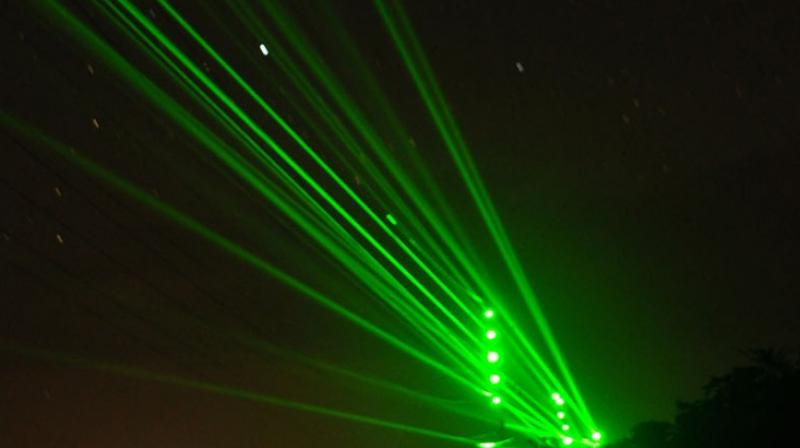With rising infiltration, India puts up virtual wall to seal border with Pakistan
The government plans on covering the entire border with the laser walls by February- March of 2017.

New Delhi: In an effort to enhance the security along the Indian border with Pakistan, the Border Security Force has reportedly upgraded the laser walls around early October.
According to a report in the DNA, the revamp is aimed at making the security leak-proof. The border areas are now equipped with laser beams and infra red rays, which have been installed along a stretch of 8kms in the border. The latest technology not only ensures that the BSF are aware of the latest security breach, but also helps differentiate whether the breach was conducted by a man or an animal.
After a wait of two years, CRON laser system was finally installed along a few stretches of the western border earlier this year. And though the security system was being updates over a span of several months, sources in the defence revealed that the sudden revamp to the new KVI101-S system comes in the wake of surgical strikes.
Explaining the new system, defence forces said that it uses next generation IR optics to provide weather and harsh terrain early detection capabilities. A senior army official added that it “requires very little human intervention, has smarter detection capabilities and the encryptions are hack-proof. The previous technology was not capable of managing in marshy lands, which is the condition in most frontier areas.”
The government plans on covering the entire border with the laser walls by February- March of 2017.
In addition to making the border with Pakistan leak-proof, the government also plans on installing virtual borders 1kms within Pakistan, in addition to the constant monitoring by high definition and thermal imaging cameras mounted on unmanned aerial vehicles (UAV) and balloons.
But making the government’s job triple fold tough is the difficult terrain in the western border, ranging from the riverine regions in Punjab and Kashmir, where numerous rivers and nullahs intersect the border, and the shifting sands of Rajasthan and the marshes of Rann of Kutch.
“We need different technology and different barrier strategy for each terrain because of their dissimilar natures,” admits an officer, but also imbues confidence regarding the latest technology explaining specifics strategies that have been formed to cater to each location.
Hovercrafts and high definition cameras mounted on UAVs will be used in marshes of Kutch, where movement is difficult.
And in the sands of Rajasthan, the border fences would be increased in height in addition to the deployment of motion sensors and ground penetrating radars.
In the Punjab and Kashmir, a variety of surveillance equipments would be deployed, Including high speedboats and choppers.
Experts are also working on a further upgraded laser wall system called miCRON, ‘which will enable encrypted communication for five-layer fencing.’

